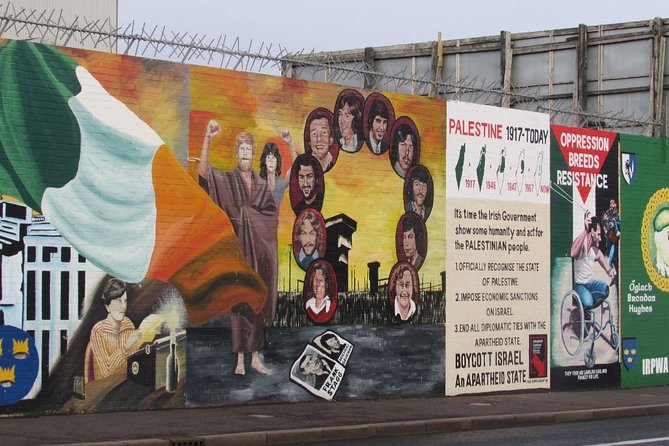1. The Belfast Peace Wall, also known as the Peace Lines, is a series of barriers and walls that separate different communities in Belfast, Northern Ireland. These barriers were first erected in the late 1960s as a response to sectarian violence and to separate Catholic and Protestant neighborhoods. The walls are made of concrete, steel, and wire, and they stretch for several miles throughout the city.
One interesting fact about the Belfast Peace Wall is that it was originally intended to be a temporary solution to the conflict, but it still remains in place today, more than 50 years later. The walls have become symbols of the divided communities and the ongoing tensions in the city.
2. The Belfast Peace Wall does not have specific working hours, as it is a physical barrier that is accessible to the public at all times. However, there are guided tours available that provide more information about the history and significance of the walls. These tours usually operate during the daytime and can be booked in advance.
Phone: It is recommended to check with local tour operators or visitor centers in Belfast for more information on guided tours and any updates regarding the Belfast Peace Wall.
3. The Belfast Peace Wall is a public site and does not require an entrance ticket. Visitors can freely explore the areas where the walls exist. Transportation to the walls can be easily accessed by public transportation, such as buses, or by taking a taxi or driving. The walls are located in various neighborhoods throughout Belfast, so it is advisable to plan your visit based on the specific wall you wish to see.








